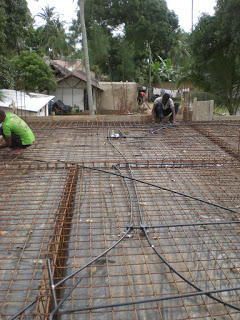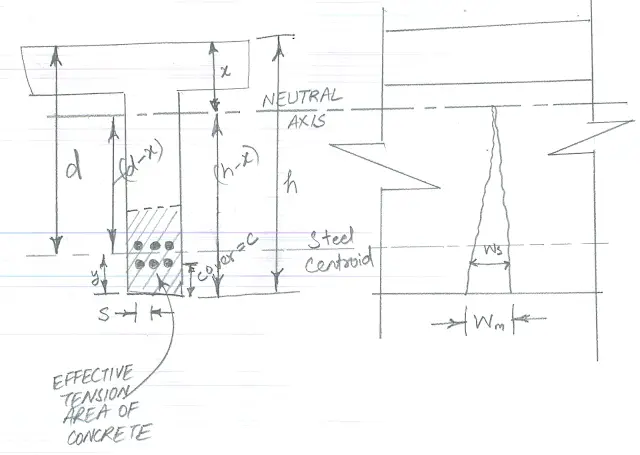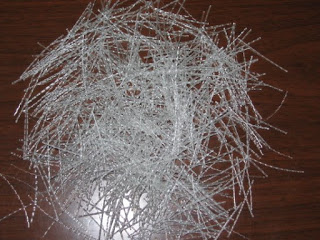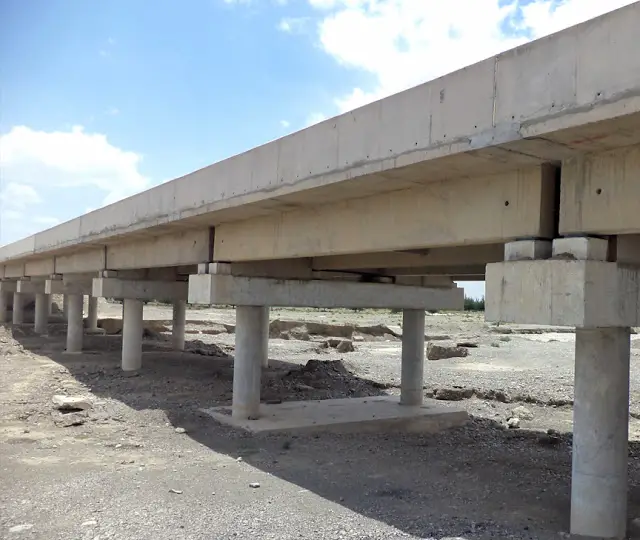Advantages and Disadvantages of Flat Slab?
Concrete slabs are one of the most common structural elements of modern buildings and infrastructures including residential, commercial plazas, hospitals or buildings having industrial significance. Typically 4 to 20 inches of reinforced concrete mat like element is constructed as roof ceilings or floors for interior while thinner slabs are used for exterior paving roadway. Advantages … Read more





